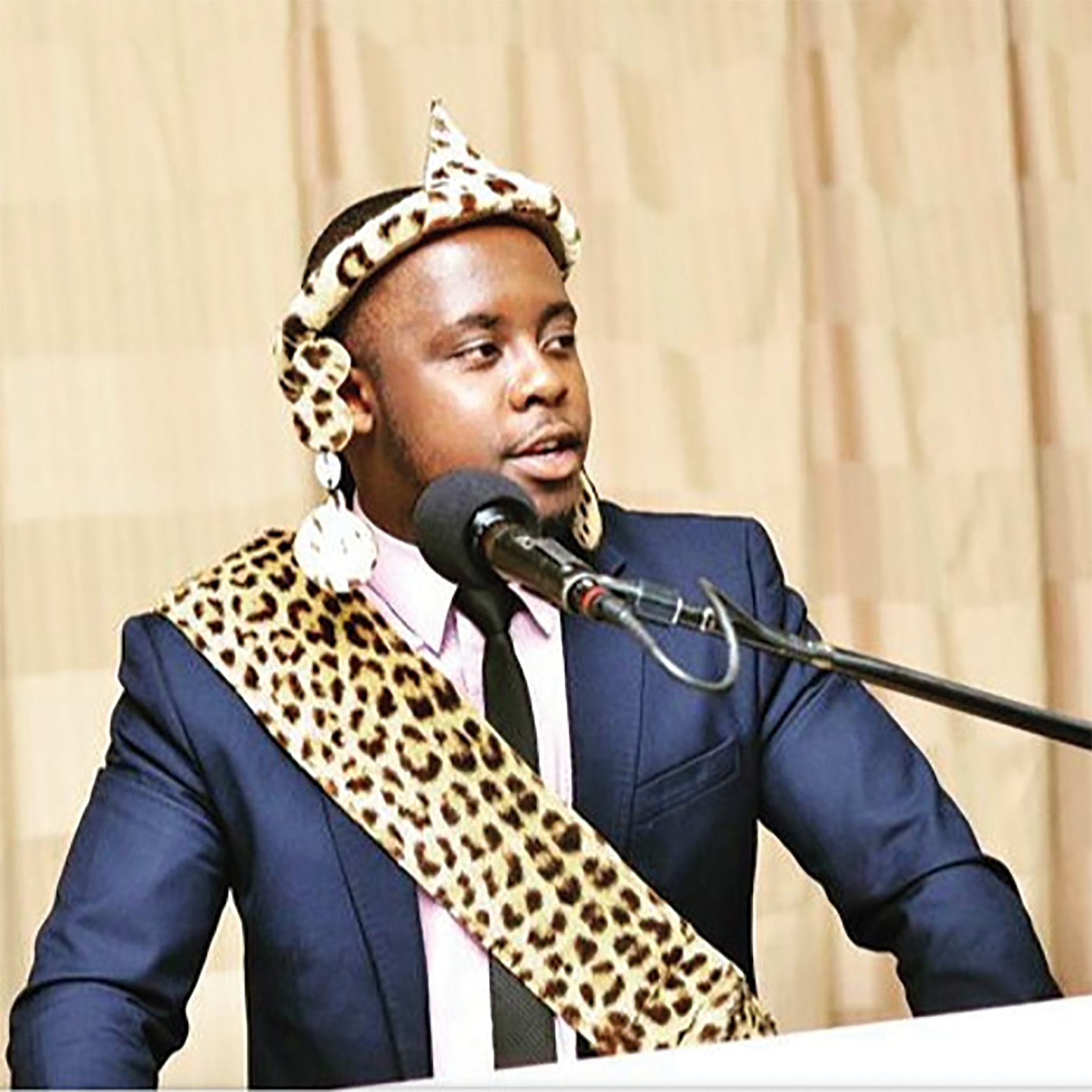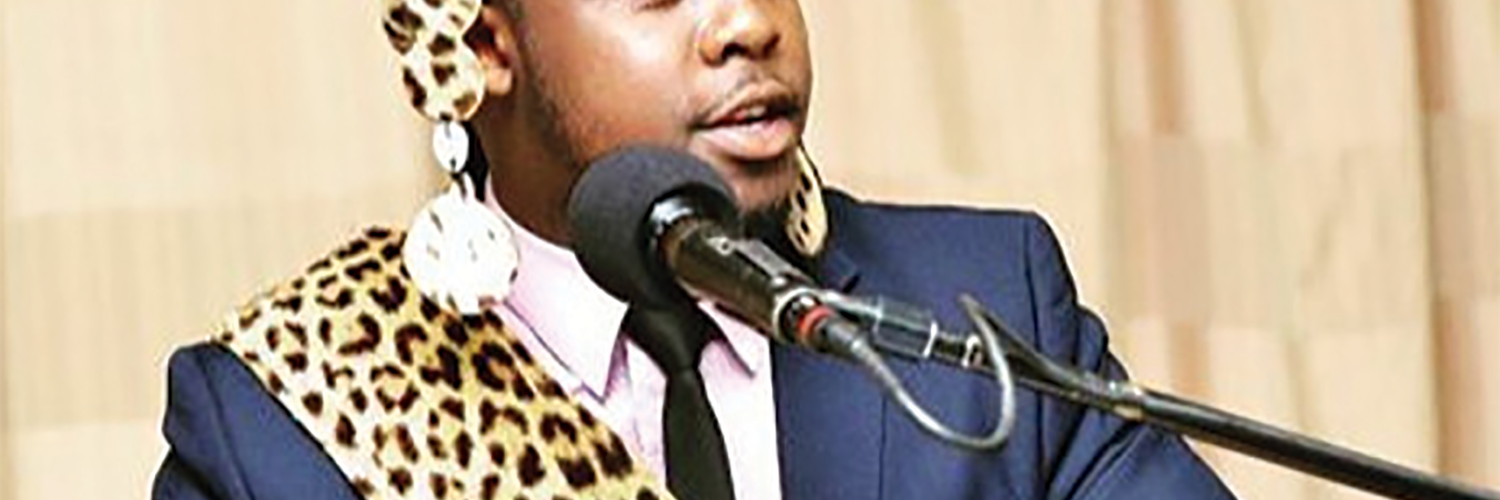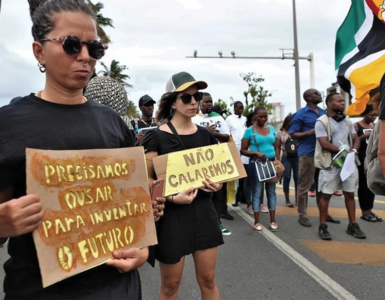RECLAIM: What does it mean to be Malawian?
By Mquzama

For most Malawians, encounters with the history of the country have often been a recycled tale centred on the legacy of Dr. Kamuzu Banda, the founding father. Notwithstanding, Muti Phoya is one of the few scholars clawing back Malawi’s varied past, which was undermined or erased to suit the narrative propagated by Banda’s dictatorial rule. While his efforts to democratise knowledge are evident in his earlier bodies of work as seen in his contributions for this site, Madonna Is Our Mother—Notes from Malawi is the culmination of these efforts.
The book is a fascinating collection of 17 short essays that cleverly weave Phoya’s experiences and work to discuss the various histories of Malawi, its relation to contemporary issues, and how these shape how Malawians experience their country. It cuts across different dimensions of the country, intimately engaging with them in 130-odd pages. These essays discuss a wide array of topics ranging from the country’s relationship with the East African slave trade, stories of Malawi’s prominent (and forgotten) figures, to how tensions with the past are reflected in unexpected spaces, such as sports and music.
With this range in content, comes an equally rich and diverse set of themes, but one in particular stands out—coloniality. I was moved by how simply Phoya demonstrates the remnants of Malawi’s colonial past that are couched in the present; how this has also shaped how we understand (or misunderstand) what being Malawian is, how we experience our cities as well as how we engage with influential figures of Malawi’s brief existence.
What is Malawian? The people and the city
In the essays “Geo-spatial Verities” and “Mlozi Bin Kazbadema of Mpata,” Phoya reminds the reader that almost none of the current inhabitants of Malawi are native to the land. He illustrates how the indigenous people were the Akafula, who were displaced by the country’s modern-day tribes, who migrated from other regions of Africa. For example, the waNkhonde came from present-day Cameroon and Congo, the Tumbukas from Tanzania, and Yao from Mozambique, with the Ngonis epitomizing this cross-border composition through their shared origins with the Zulus, the Shanganes in Mozambique, and the Ndebeles in Zimbabwe. Probably the most surprising aspect of this varied history is masked in language, specifically, in names. Phoya shows, for example, how a Malawian name such as Mandala is derived from Mandla while Gomani stems from Ngcamane, highlighting their eSwatini origins. Malawi is, therefore, seemingly a confluence of Africa.
I wonder whether this is one of the reasons Phoya claims “Malawi is a construct—a new one at that.” The country is a collection of people displaced, a refuge that the British drew random borders around. If Malawi is nothing but this, how bizarre would it be for it to smother the freedoms of those also fleeing conflicts and looking for a corner of the world to call home?
Unfortunately, following a concerning pattern in Southern Africa, Malawi has also veered into scapegoating refugees for its social and economic problems. It seems states that are failing to deliver sustainable social and economic progress for their people in the face of growing inequalities, deploy the same playbook of redirecting their failures to an “outsider.”
Phoya also touches on another depiction of Malawi’s past that is often ignored: the centrality of the colony in the development of cities. Blantyre is the most glaring example of this. Apart from being named after the birthplace of David Livingstone (more about him later) and being home to the Queen Elizabeth Central Hospital, Phoya mentions how Chipembere Highway (the city’s major road) resulted from “colonial engineering.” It primarily connects Blantyre (a former missionary outpost) to Limbe, a rail station that facilitated the core motive of colonization—the transfer of resources (in this case, tobacco).
Looming figures
Although the book engages with numerous historical figures to varying degrees, I focus on David Livingstone, John Chilembwe, Kamuzu Banda, and Madonna (only because the book is named after the essay on her). Apart from Madonna, these people have had the largest impact on Malawi as we see it today.
Starting with David Livingstone, Phoya stresses that “In the beginning of Malawi, there was a people, an African people mostly. And a lake, and David Livingstone.” Upon witnessing the East African slave trade (and “discovering” Lake Malawi), Livingstone made it his mission to “save” the native Malawian, both spiritually and economically. Following his pleas to British authorities, missionaries began arriving in Malawi, and they were followed by businessmen to introduce commerce—as typified by the African Lakes Company—that would supposedly counter the slave trade.
As in many other colonies, the spread of Christianity, and the capitalism that accompanied it, came with the stratification of society along racial lines, the mass theft of land, and the shift toward commercialized social and economic relations. Christianity and capitalism walked hand in hand, as Desmond Tutu once aptly remarked: “When the missionaries came to Africa they had the Bible and we had the land. They said ‘Let us pray.’ We closed our eyes. When we opened them we had the Bible and they had the land.”
The economic blueprint that settlers imposed remains a central pillar of contemporary Malawi. The tobacco industry, which was primarily set up to cater to colonial needs is still Malawi’s main export, and the shadow of imperialism is ever-present, as theorized by economists Utsa and Prabhat Patnaik. The racialized social and economic features that followed from David Livingstone’s vision of Malawi, as seen in the emergence of the white settler class that controlled (and exploited) the country’s production processes, set the backdrop for the emergence of John Chilembwe, one of Malawi’s earliest revolutionaries.
Although Chilembwe is often remembered as the man who staged an unsuccessful revolt against the colonial administration, Phoya shows that there was more to the man. Educated at Virginia Theological College against the backdrop of US Jim Crow, Chilembwe was heavily influenced by the radical black American theological tradition—a theology that did not shy away from the seemingly “political” concerns of social justice. Phoya highlights how these were central to Chilembwe’s progressive principles: his championing of education for Africans, his critique of Malawians participating in British wars, and his support for women’s rights and labor rights.
It is impossible not to see how Chilembwe’s values also mirrored other theologians, especially those of the liberation theology tradition, characterized by its “commitment to prioritize the material needs of the poor, as well as their knowledge, experience and spirituality.” Seen in this light, Chilembwe’s rebellion is not simply a miscalculated or desperate ploy as it is mostly remembered, but also a reflection of his broader influences, politics, and vision of society. Yet portrayals of Chilembwa still mainly focus on his failed rebellion and perceived role in laying the groundwork for the rule of Kamuzu Banda.
Dubbed the father of the nation, Banda was also a cunning manipulator of history. Phoya points out that Banada exaggerated his achievements such as claiming he was Malawi’s first medical doctor (it was Daniel Malikebu), and reorchestrated the story of Chilembwe, the sole standing memory of resistance against imperialism in Malawi, to situate himself in it. Using his control over the media, he pushed the narrative of a Chilembwe that was nothing more than someone who staged a revolt and prophesied the coming of an eventual savior—Banda himself. This amounted to a pernicious strategy to consolidate his legitimacy against the backdrop of colonization. Thus, the nuances of Chilembwe’s radical character were lost, with only fragments that upheld Banda’s narrative.

I did have a minor concern with the role Phoya says Malawian culture played in the broader process of Banda’s narrative. He points out that the “Malawi culture allowed” Banda to manipulate the story of Chilembwe to suit his agenda. Reading this, one assumes that there is a “uniqueness” to Malawian culture, suggesting it makes Malawians more gullible than other groups of people. It is difficult for me to imagine how Banda’s existing legitimacy and goodwill that came with his symbolic role in fighting against an oppressive colonial system would have been undone by a different culture. It may have been useful (even if anecdotally) to show how exactly the culture was complicit and to point out how different cultures managed this pre/post-independence period differently given their historical, material, and social conditions.
Overall, Phoya’s depiction of Banda (in the context of Chilembwe), lays bare an intriguing contradiction. While Banda relied on Chilembwe’s legacy, it is interesting to see that the two individuals held different beliefs, and by implication, different visions of Malawi. While Banda was cozy with the apartheid government of South Africa and maintained colonial economic structures after independence (settlers being replaced by the local political elite), Chilembwe was a pan-Africanist, vehemently opposed to supporting colonial powers, and a strong advocate for labor rights and land reform.
Banda’s fall from grace in 1993 was meant to usher in a new era of peace, prosperity, and freedom. Unfortunately, his departure coincided with the infamous structural adjustment programs, coupled with the continuing paternalist governance structure, which failed to stymie corruption and significantly reduced the state’s capacity to provide accessible essential services. Phoya illustrates how this epoch is epitomized by the singer Madonna’s relationship with Malawi.
Using Madonna’s establishment of the Mercy James Pediatric Surgery and Intensive Care Unit as a point of entry, Phoya argues that Madonna’s relationship with the country typifies white saviourism. It is important to recognize that Phoya does not downplay the importance of the medical centre, but rather questions how Madonna (and other NGOs) perceive themselves in relation to Malawi. More specifically, he illustrates how their work downplays the ability of Malawians to decide what they need and as seen in the name of Madonna’s NGO, Raising Malawi, exaggerates a paternalistic role.
Given the centrality of Madonna to his essay, I would have loved a more detailed discussion and illustrations of the various ways her white saviourism is reflected and reproduced. While the author aptly sets the backdrop for the discussion of Madonna and her relationship with Malawi by highlighting the complicity of the state in the entire process, I believe more could be done to acquaint the reader with the underlying contradictions and implications of white saviours. How does white saviourism manifest in a country like Malawi? What are the implications of such a phenomenon on the broader development of the country?
Overall, the book is a much-needed contribution to the emerging literature reclaiming the history of Malawi. Considering the growing economic and political uncertainty that has engulfed Malawi and its people,
Madonna Is Our Mother is a jolting reminder of both the realities of our past and how these set the backdrop for the country’s contemporary predicaments.






